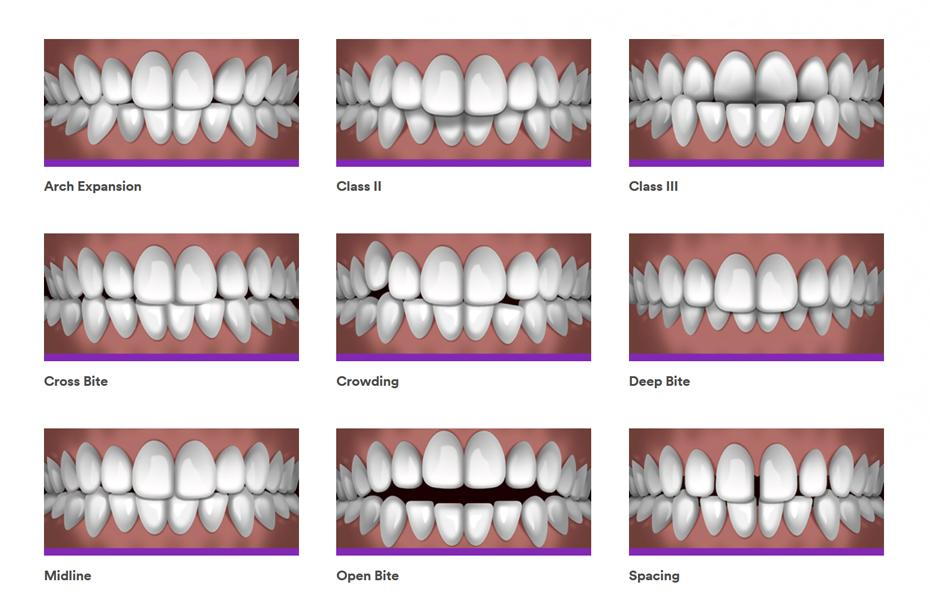A Biased View of Causey Orthodontics
Table of ContentsSome Ideas on Causey Orthodontics You Should KnowSome Known Facts About Causey Orthodontics.4 Easy Facts About Causey Orthodontics ShownAll About Causey OrthodonticsCausey Orthodontics - The Facts
Overlooking occlusal connections, it was common to eliminate teeth for a range of oral issues, such as malalignment or congestion. The idea of an intact dentition was not commonly valued in those days, making bite correlations appear unimportant. In the late 1800s, the principle of occlusion was important for creating reliable prosthetic substitute teeth.As these ideas of prosthetic occlusion proceeded, it ended up being a vital tool for dentistry. It was in 1890 that the work and effect of Dr. Edwards H. Angle began to be really felt, with his contribution to modern orthodontics particularly noteworthy. Concentrated on prosthodontics, he educated in Pennsylvania and Minnesota before directing his focus towards oral occlusion and the therapies needed to preserve it as a typical condition, hence ending up being understood as the "father of contemporary orthodontics".

The principle of ideal occlusion, as proposed by Angle and included into a classification system, enabled a shift towards dealing with malocclusion, which is any kind of variance from regular occlusion. Having a full collection of teeth on both arches was highly searched for in orthodontic therapy because of the need for specific connections between them.
Some Ideas on Causey Orthodontics You Should Know
As occlusion ended up being the essential priority, facial percentages and aesthetic appeals were overlooked - family orthodontics. To achieve excellent occlusals without making use of exterior forces, Angle postulated that having perfect occlusion was the most effective means to acquire optimum facial visual appeals. With the passing of time, it became rather apparent that even an outstanding occlusion was not suitable when considered from an aesthetic perspective
It came to be apparent that orthodontic treatment might adjust mandibular growth, causing the formation of useful jaw orthopedics in Europe and extraoral force steps in the US. These days, both functional devices and extraoral devices are applied around the globe with the aim of changing development patterns and forms. Subsequently, seeking real, or at the very least boosted, jaw relationships had actually come to be the primary objective of therapy by the mid-20th century.
A Biased View of Causey Orthodontics
 The American Journal of Orthodontics was created for this function in 1915; prior to it, there were no scientific purposes to follow, neither any kind of accurate category system and brackets that lacked attributes. Until the mid-1970s, braces were made by covering steel around each tooth. With developments in adhesives, it came to be possible to rather bond metal braces to the teeth.
The American Journal of Orthodontics was created for this function in 1915; prior to it, there were no scientific purposes to follow, neither any kind of accurate category system and brackets that lacked attributes. Until the mid-1970s, braces were made by covering steel around each tooth. With developments in adhesives, it came to be possible to rather bond metal braces to the teeth.This has actually had purposeful impacts on orthodontic therapies that are provided on a regular basis, and these are: 1. Right interarchal partnerships 2. Right crown angulation (idea) 3.
The benefit of the style hinges on its bracket and archwire combination, which requires just marginal cord flexing from the orthodontist or medical professional (orthodontist expert). It's appropriately called hereafter attribute: the angle of the port and thickness of the brace base inevitably determine where each tooth is situated with little requirement for additional adjustment
5 Easy Facts About Causey Orthodontics Shown
Both of these systems used similar braces for each tooth and required the flexing of an archwire in three planes for situating teeth in their desired placements, with these bends determining ultimate positionings. When it involves orthodontic home appliances, they are divided right into two kinds: removable and taken care of. Removable devices can be tackled and off by the individual as needed.

Thus, almost all modern-day fixed devices can be thought about variations on this edgewise appliance system. Early 20th-century orthodontist Edward Angle made a significant payment to the world of dental care. He produced four distinctive home appliance systems that have actually been utilized as the basis for numerous orthodontic therapies today, disallowing a few exemptions.
Causey Orthodontics for Beginners

The wire ended in a thread, and to relocate forward, an adjustable nut was made use of, which permitted for a boost in circumference. By ligation, each specific tooth was connected to this large archwire (best orthodontist). Because of its limited series of movement, Angle was unable to attain accurate tooth placing with an E-arch
These tubes held a firm pin, which could be rearranged at each appointment in order to relocate them in position. Dubbed the "bone-growing device", this device was theorized to urge healthier bone development because of its potential for moving force straight to the roots. Executing it proved frustrating in truth.